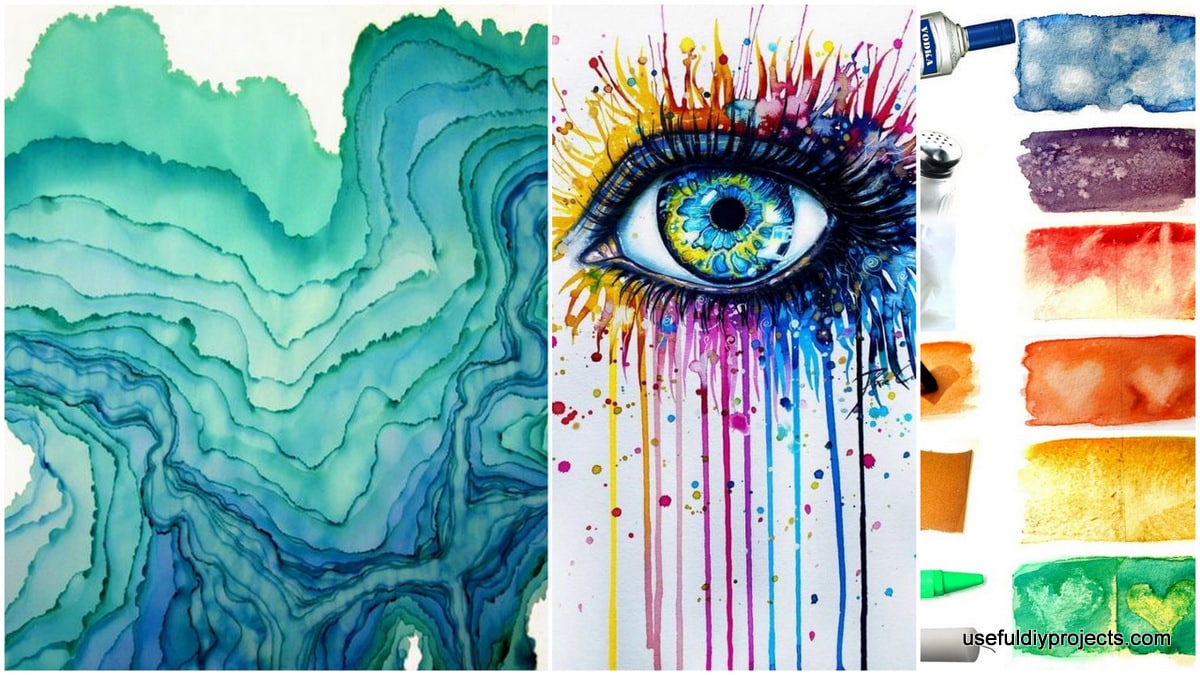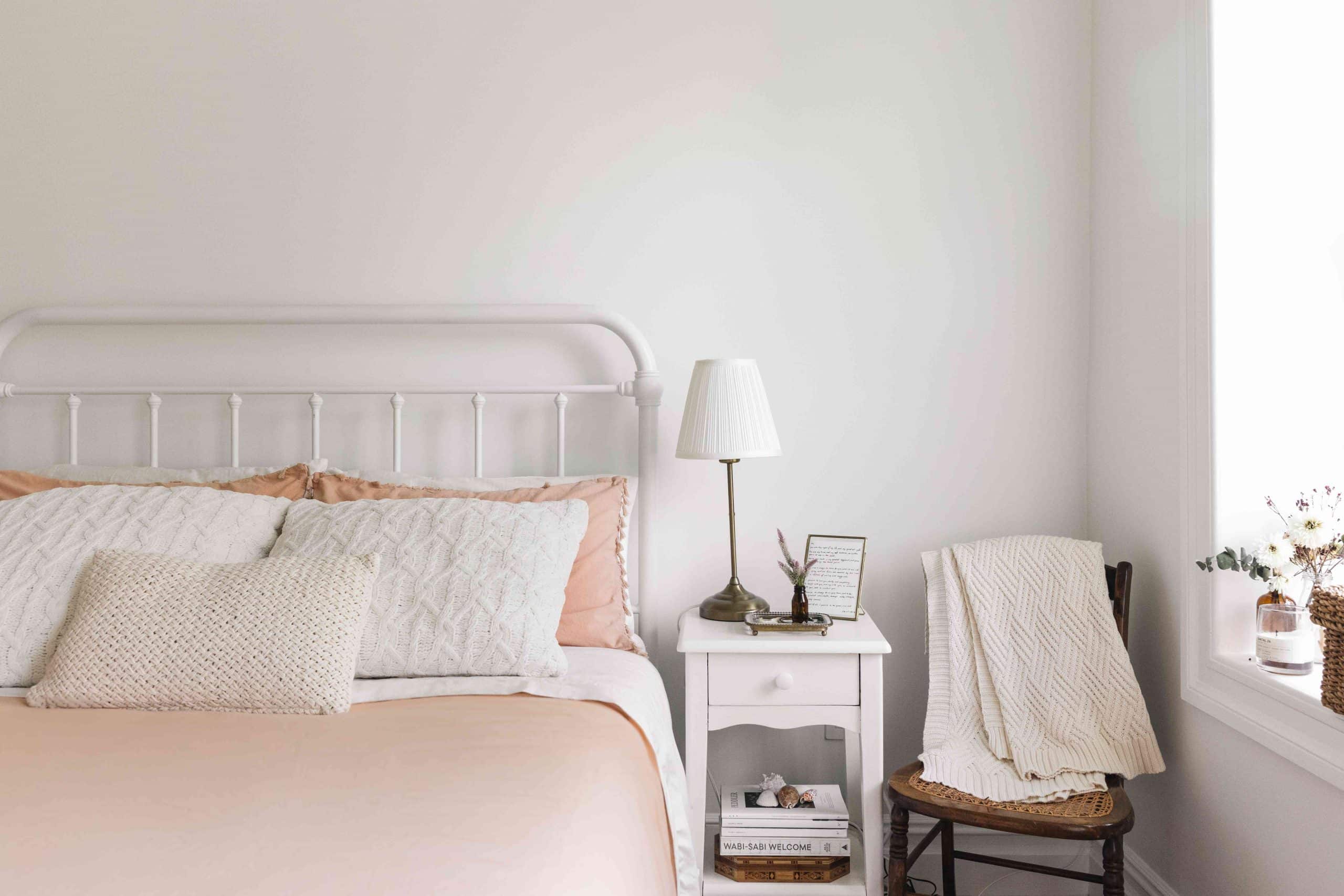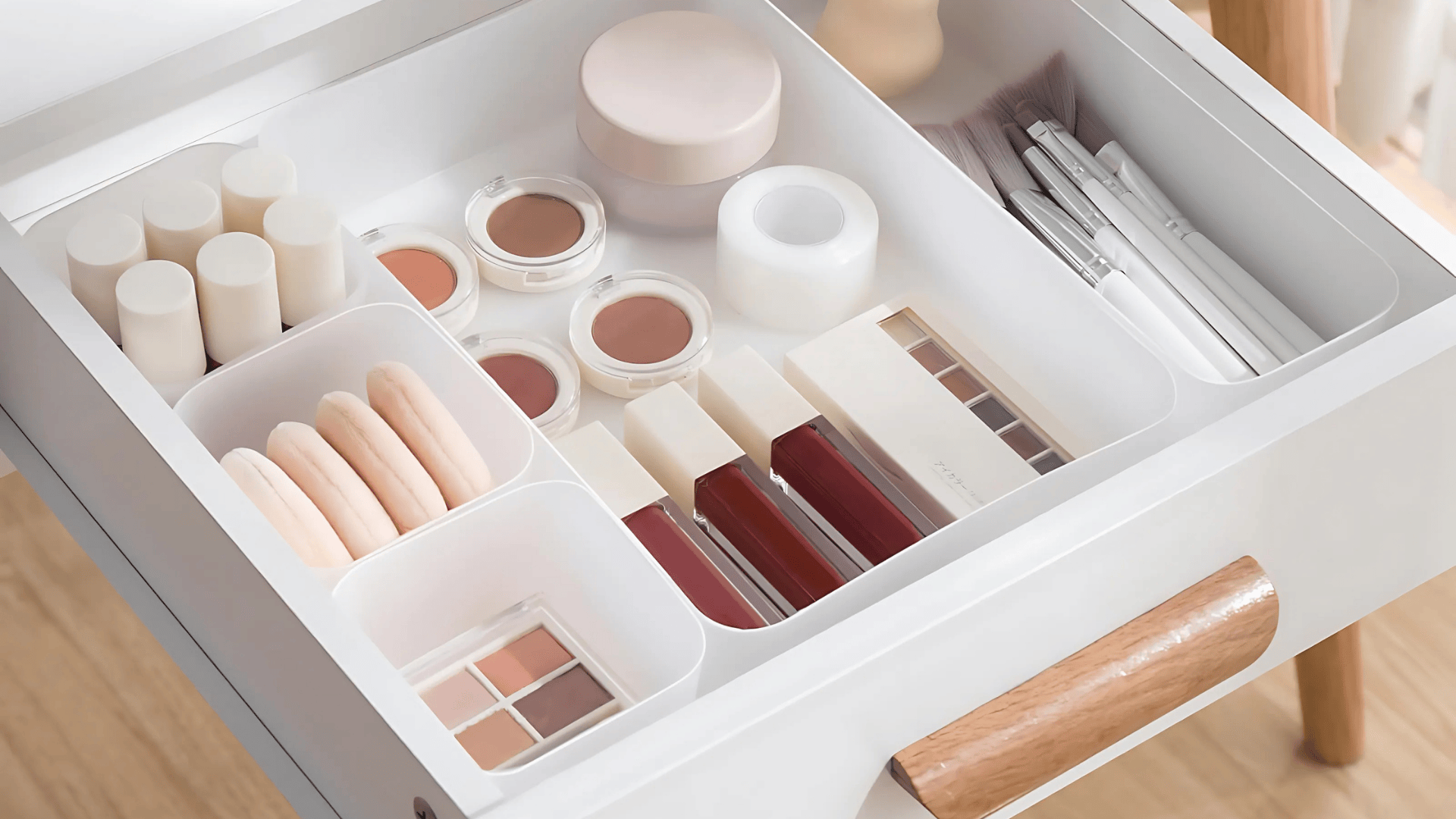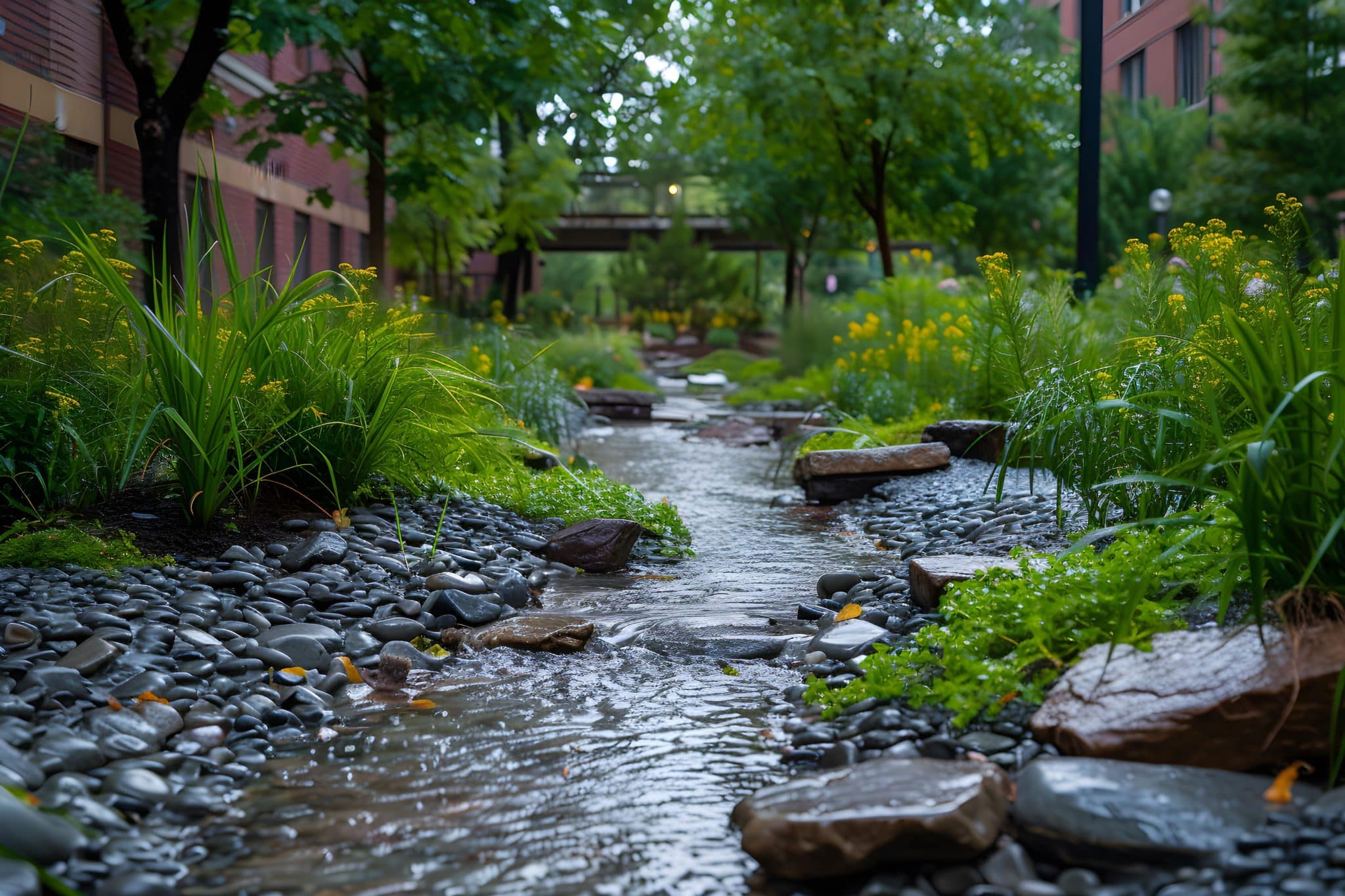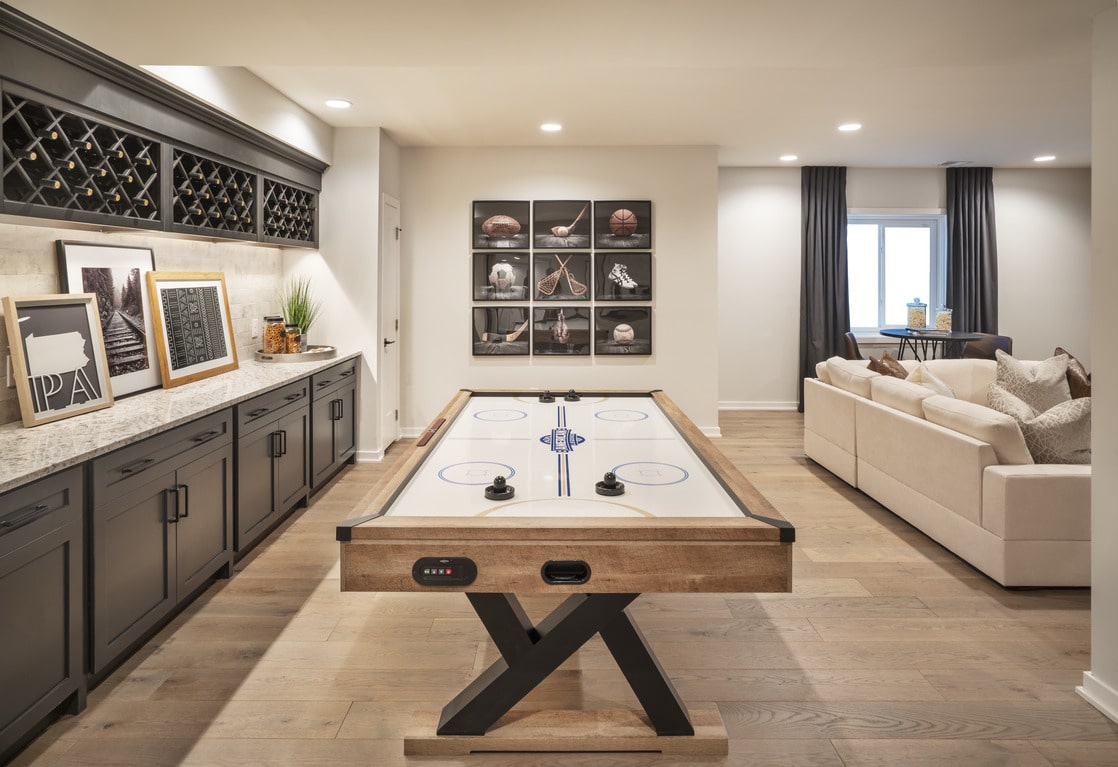Artistic Endeavors: DIY Painting and Drawing Techniques
The journey into the world of art is enriching and therapeutic, offering endless opportunities for creativity and self-expression. From the stroke of a brush to the line of a pencil, every artist embarks on a unique adventure.
This exploration delves into various DIY painting and drawing techniques, empowering artists at all levels to unleash their creative potential.
Embracing the Basics of Drawing
Mastering the fundamentals of drawing lays the groundwork for artistic growth before diving into complex techniques.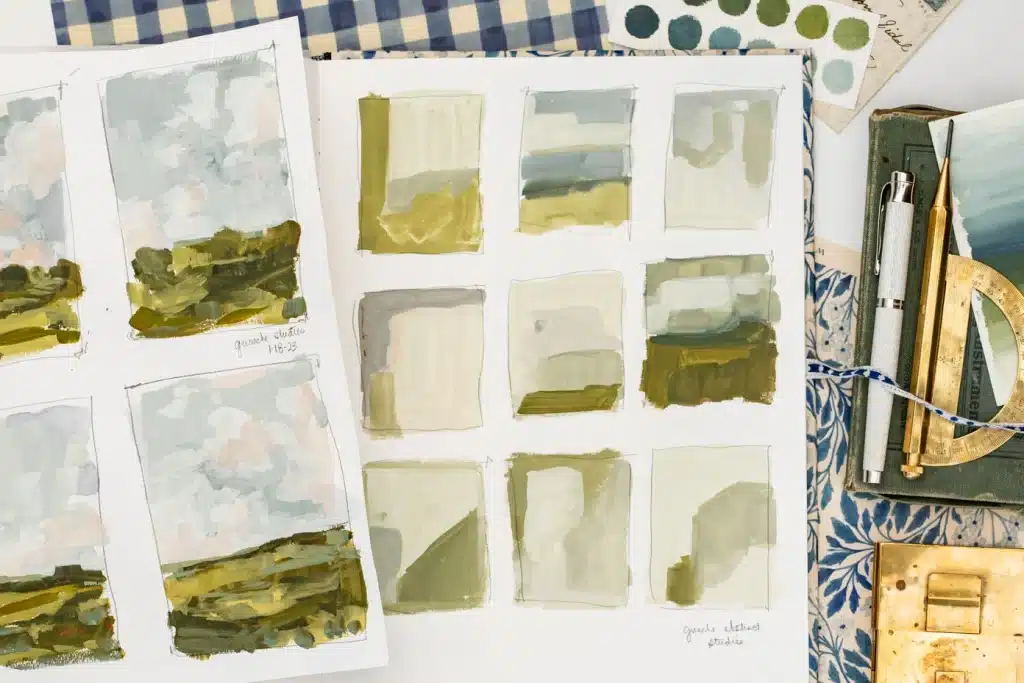
This includes understanding shapes, lines, perspective, and shading. Start with simple objects and gradually progress to more complex compositions, paying close attention to light sources and shadows to bring depth and realism to the work.
Alongside simple objects, another integral aspect of an artist’s drawing toolkit is the choice of materials. In the realm of creativity, even items as simple as water bottles for school can find a new purpose, serving to quench thirst and clean brushes or mix colors, highlighting the importance of sustainability and resourcefulness in art and drawing.
Exploring Painting Techniques
Painting offers a spectrum of styles and techniques, each with its unique charm and challenges. These may include:
- Watercolor Magic: Known for its ethereal and translucent qualities, watercolor painting requires a delicate balance between control and spontaneity. Experiment with wet-on-wet and dry brush techniques to achieve a range of effects, from soft gradients to crisp, defined lines.
- Acrylic Adventures: Acrylics are favored for their versatility and fast drying times. Techniques such as impasto, where paint is applied thickly to create texture, or glazing, adding a transparent layer of color, can add dimension to the paintings.
- Oil Painting Techniques: The richness and depth achievable with oil paints are unparalleled. Techniques like scumbling, where a thin, opaque layer of paint is brushed over a dry layer, or alla prima, painting in one session, can be explored to create luminous and dynamic artworks.
In addition to these traditional methods, some may find enjoyment and relaxation in paint by number kits by the Number Artist. These kits offer a structured yet engaging approach to painting, providing artists with the guidance to create beautiful works while allowing room for personal interpretation.
The Digital Realm
Digital art’s advent has revolutionized how creators approach their craft, providing a vast expanse of virtual tools that mimic the nuances of traditional mediums. Many software offer artists a plethora of brushes, each with adjustable parameters such as size, opacity, and texture, mimicking everything from watercolor washes to thick oil paints.
Layers and blending modes become powerful allies, allowing for intricate compositions that can be edited and tweaked without fearing permanent mistakes. This digital canvas encourages bold experimentation, pushing the boundaries of creativity and opening doors to innovative styles and techniques that transcend traditional limitations.
Mixed Media and Collage
Diving into mixed media and collage, artists find themselves at the intersection of diverse
creative paths. This approach breaks the conventional boundaries of art-making by inviting various materials—papers with different textures, scraps of fabric, bits of ephemera, and even digital prints—into a single piece. Selecting, cutting, and layering these materials is intuitive and deliberate, leading to richly textured compositions that tell stories through their varied elements.
Collage, in particular, offers a unique narrative capability, allowing artists to juxtapose disparate images and objects to form new, thought-provoking visual dialogues, making each piece a layered exploration of concepts and aesthetics.
Mastering Perspective and Composition
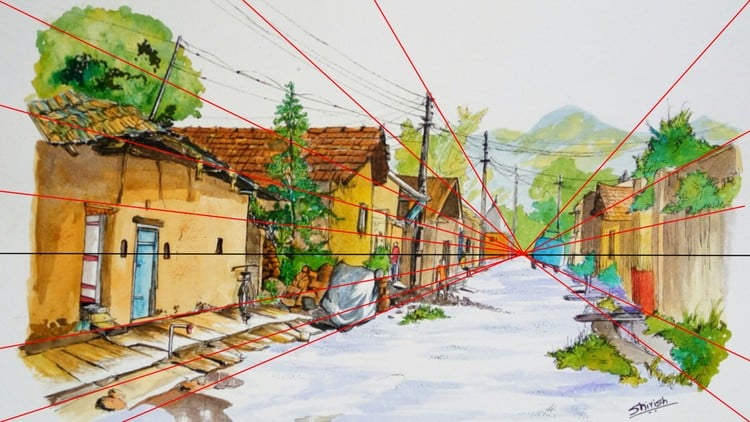
Perspective drawing, with its techniques ranging from simple one-point to complex three-point perspective, offers a mathematical approach to depicting space and depth, anchoring objects within a believable three-dimensional environment.
Composition further refines this visual language, employing principles like the Rule of Thirds, balance, and contrast to guide the viewer’s eye through the artwork.
This calculated orchestration of elements within a frame enhances the aesthetic appeal and imbues the piece with a sense of harmony and intentionality, making the difference between a mundane depiction and a compelling narrative.
The Power of Practice
In art, practice is not merely a routine but a ritual that nurtures growth and mastery. Dedication to daily sketching or painting builds technical skills and a deep, intuitive understanding of one’s mediums and subjects.
A sketchbook serves as a private gallery, a laboratory for experimentation, and a diary of progress, where ideas can flow freely without the pressure of perfection.
This consistent engagement with the creative process fosters a resilience that is essential for artistic development, transforming challenges into opportunities for innovation and self-discovery. Through practice, artists can cultivate a unique voice and vision, making their work reflect their journey and growth.
Takeaway
The world of DIY painting and drawing is vast and varied, offering a rich tapestry of techniques and styles to explore.
From the foundational skills of drawing to the complex layers of painting and digital art, each step on this journey offers a chance for personal expression and growth. Embracing the creative process, with all its challenges and triumphs, is the essence of the artistic endeavor.

